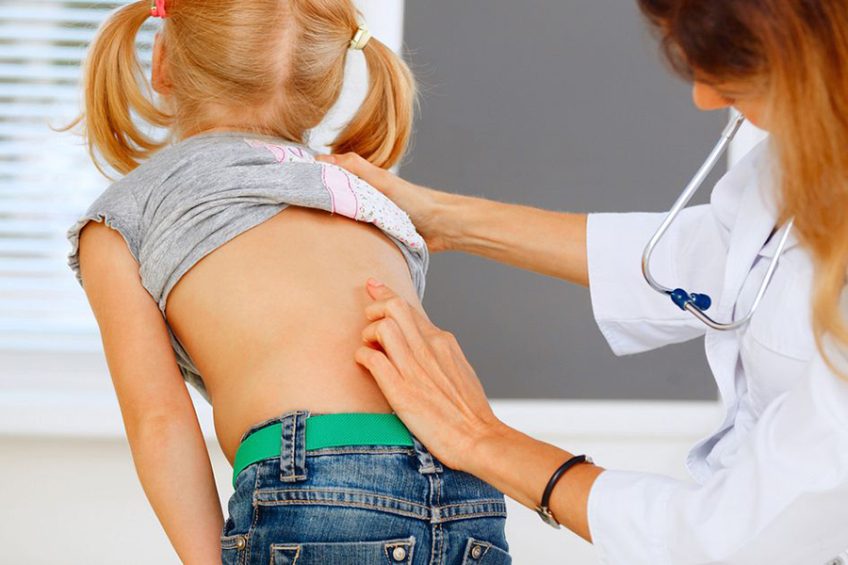The doctor who is specializes in pediatric rheumatology is the one who will recommend a treatment for Juvenile Idiopathic Arthritis. This treatment aims to reduce swelling, maintain good movement in the affected joints, reduce pain, treat and prevent complications.
The fundamental measures of the treatment for Juvenile Idiopathic Arthritis include: the hygienic-dietary regime, the drug therapy, non-pharmacological means, the musculoskeletal recovery and the growth, the psycho-social integration.
CONTENT:
- Drugs
- Intra-articular cortisone injections
- Orthopedic surgery
- Rehabilitation
- Hygienic-dietary measures
- Daily exercise schedule
- Alternative medicine
- Physiotherapy
Drugs
- Nonsteroidal anti-inflammatory drugs (NSAIDs), including ibuprofen and naproxen and other prescription drugs, are often the first type of medication used. Most doctors do not treat children with aspirin because it could cause bleeding problems, stomach upset, liver problems or Reye’s syndrome.
- Disease-modifying antirheumatic drugs (DMARDs) are often used if nonsteroidal anti-inflammatory drugs do not provide enough benefits.
- Corticosteroids, such as prednisone, can help severely ill children. These medications can reduce severe symptoms, such as pericarditis.
- Biological drugs, which are genetically engineered, can be used in children if other drugs do not work. Injectable forms include adalimumab, abatacept, tocilizumab, etanercept and canakinumab. They suppress the hyperactive immune system, targeting proteins that trigger inflammation.
Intra-articular cortisone injections
They are used when few joints are involved and when there is a risk of long-term damage. The injected drug is a long-acting cortisone preparation. Triamcinolone hexacetonide is preferred for its prolonged effect (often several months).
Orthopedic surgery
The main procedures are joint prostheses (replacement in case of joint destruction) and surgical release of soft tissues (in case of permanent contractures).
Rehabilitation
This is an essential component of treatment. It includes proper exercise and, where necessary, wearing splints to correct posture.
Rehabilitation therapy should be started early and should be performed throughout the disease to maintain joint mobility, trophicity and muscle strength as well as to prevent, limit or correct deformities.
Hygienic-dietary measures
Bed rest is imposed only by acute manifestations, disabling polyarticular forms and extraarticular complications. Otherwise, the child will be hospitalized as soon as possible and will lead a life as normal as possible.
It is necessary to analyze the nutritional intake and vitamin supplementation, in particular attention should be paid to improving or preventing bone loss through adequate intake of dairy, calcium-containing vegetables, mobilization, exercise and suppression of inflammation.
Daily exercise schedule
It is important to maintain a regular exercise program. Muscles must be kept strong and healthy in order to help support and protect the joints. Regular physical activity also helps maintain range of motion.
At home and at school, the little one should have regular exercise programs. Safe activities include walking, swimming and cycling. Make sure the little one does warm-up moves before making an effort.
Alternative medicine
Some alternative or complementary approaches, such as acupuncture, can help a child manage the stress of living with an ongoing illness. It can reduce the need for sedatives and can stimulate the flexibility of the affected joints, but it does not prevent damage.
Physiotherapy
An adequate physical therapy program is essential for the management of any type of arthritis. A physiotherapist will explain the importance of certain activities and will recommend exercises appropriate to the specific condition. The therapist may recommend movement exercises to restore flexibility in stiff, painful joints and other exercises to help develop strength and endurance.


